Khagrachari, July 14 (V7N)- Amidst the sprawling high and low hills of Khagrachari, the ‘Broom Flower’, known nationally as ‘Uluphool’, paints the slopes with its vivid presence. Locally referred to as ‘Jhaduphool’ or ‘Ful Jhadu’, this flower grows effortlessly on the hill slopes, springing anew from its roots after each rain.
Each plant produces just one flower before wilting, but with the onset of rains, new shoots emerge, sustaining its natural cycle. This endemic flower has garnered recognition for its resilience and beauty in the remote hills across various upazilas of Khagrachari, resembling the stem of a kash flower.
Typically flowering soon after winter begins, by December, these flowers mature, with collection season running from January through March. Local communities harvest these ‘broom flowers’ from barren hillsides, bundling them into stacks of 20-25 sticks.
In local forest department parlance, it's known as ‘Vroom’, while the Chakma people call it ‘Charandara’, Tripura as ‘Chandra’, and Marma as ‘Inheja’. Yet, it's universally recognized as the ‘Broom Flower’.
In Khagrachari’s markets, these flowers are neatly lined along roadsides, awaiting eager buyers. Many seek to purchase from locals at lower prices, aiming to profit by reselling to wholesalers.
A bundle of 50-100 flowers sells from Tk. 900 to Tk. 2500, depending on size and quality, with wholesalers from Dhaka, Chittagong, and other major cities buying to supply national markets. This natural resource has become a vital income source for locals, with fields spread across Khagrachari, Panchari, Dighinala, Mahalchhari, Matiranga, Guimara, Ramgarh, Manikchari, and Lakshichhari upazilas.
The ‘Broom Flower’ isn’t just a local commodity; it's exported to various countries, including the Middle East, due to high demand. If cultivated commercially, it could provide significant employment and foreign exchange earnings for hill residents.
However, the industry faces challenges. Local collectors, like Haradhan, trek hazardous paths to gather these flowers, facing steep prices and risking their lives on rugged slopes.
Abdul Karim, another collector, notes the flower’s dwindling presence due to deforestation, driving up costs. Sarafat Ullah, a Chittagong wholesaler, reflects on his 27 years in the business, lamenting the challenges faced by low-income hill residents in supplying flowers to markets.
Despite potential, businessmen decry multiple tolls and harassment on routes, hindering trade. Forest authorities propose commercial cultivation to boost local economies and create jobs.
The ‘Broom Flower’ isn’t just about commerce; it’s integral to daily life, used for household cleanliness and contributing to national economic revenue.
END/AHS/SMA/



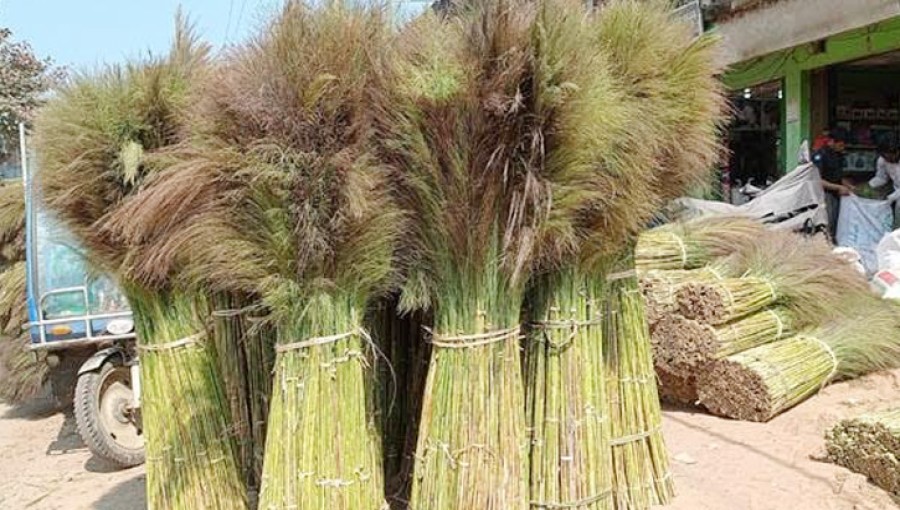







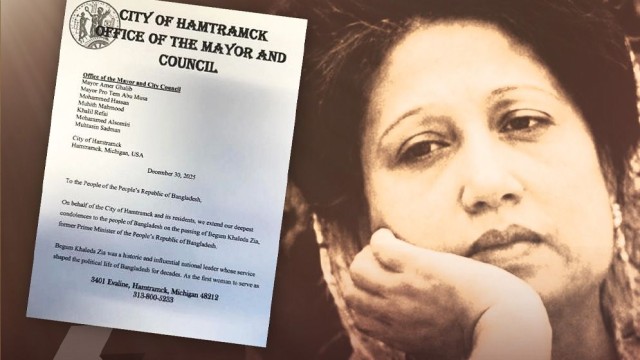










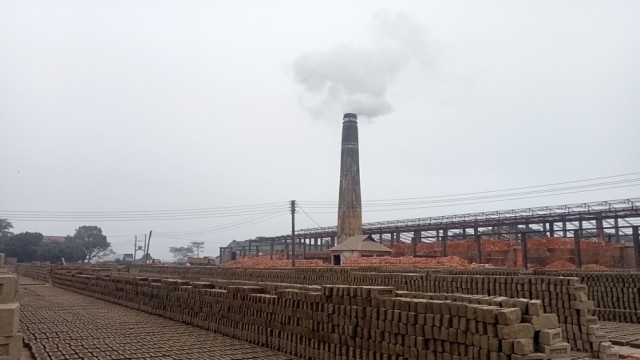

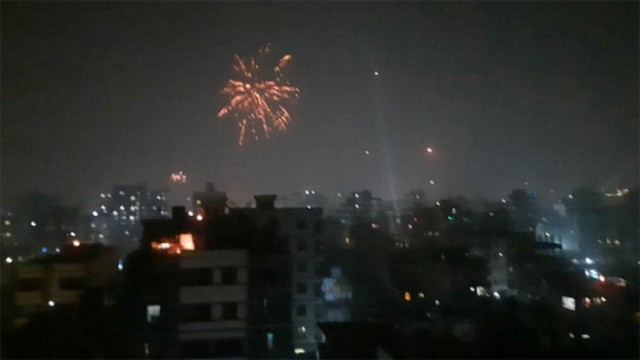
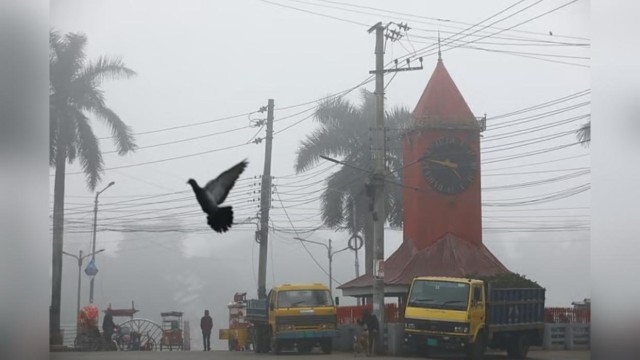
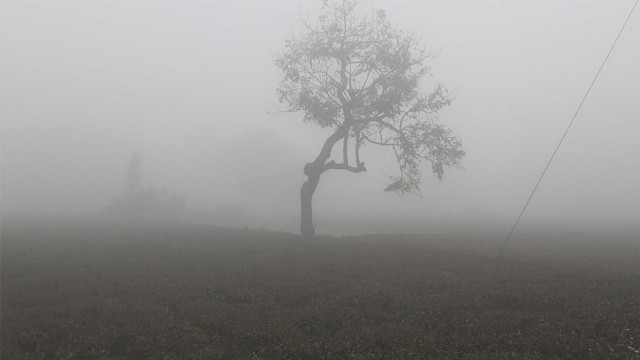




Comment: